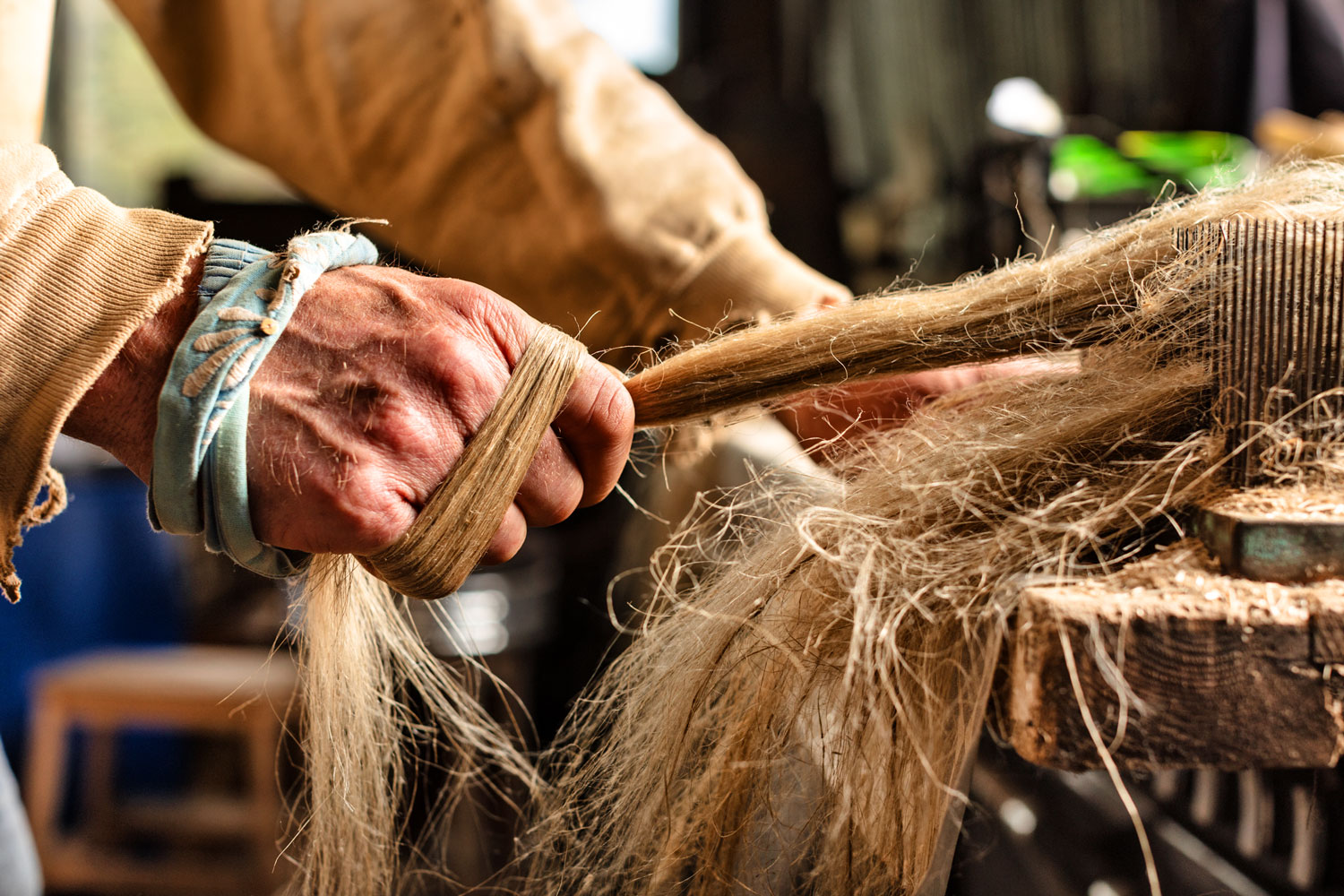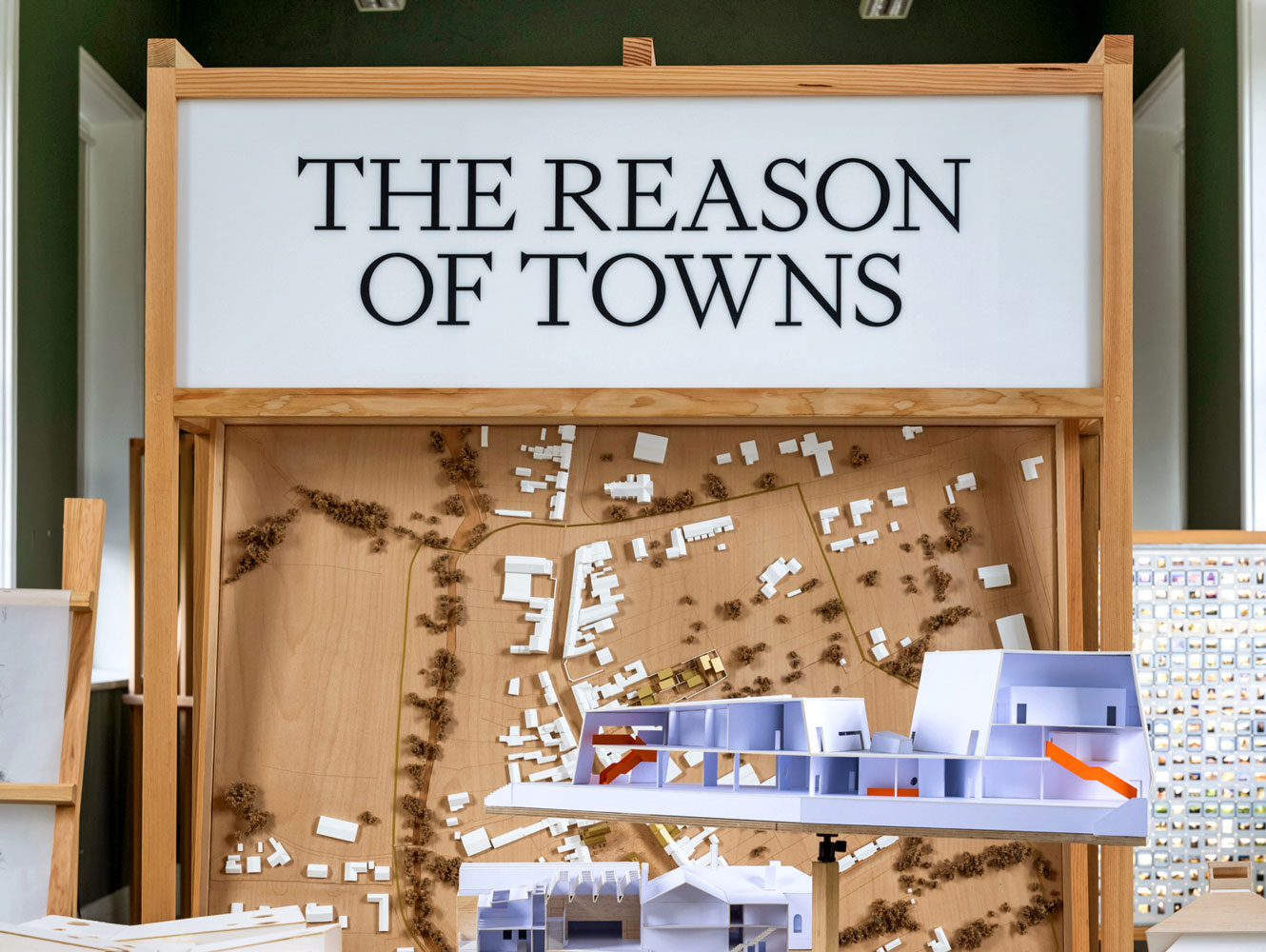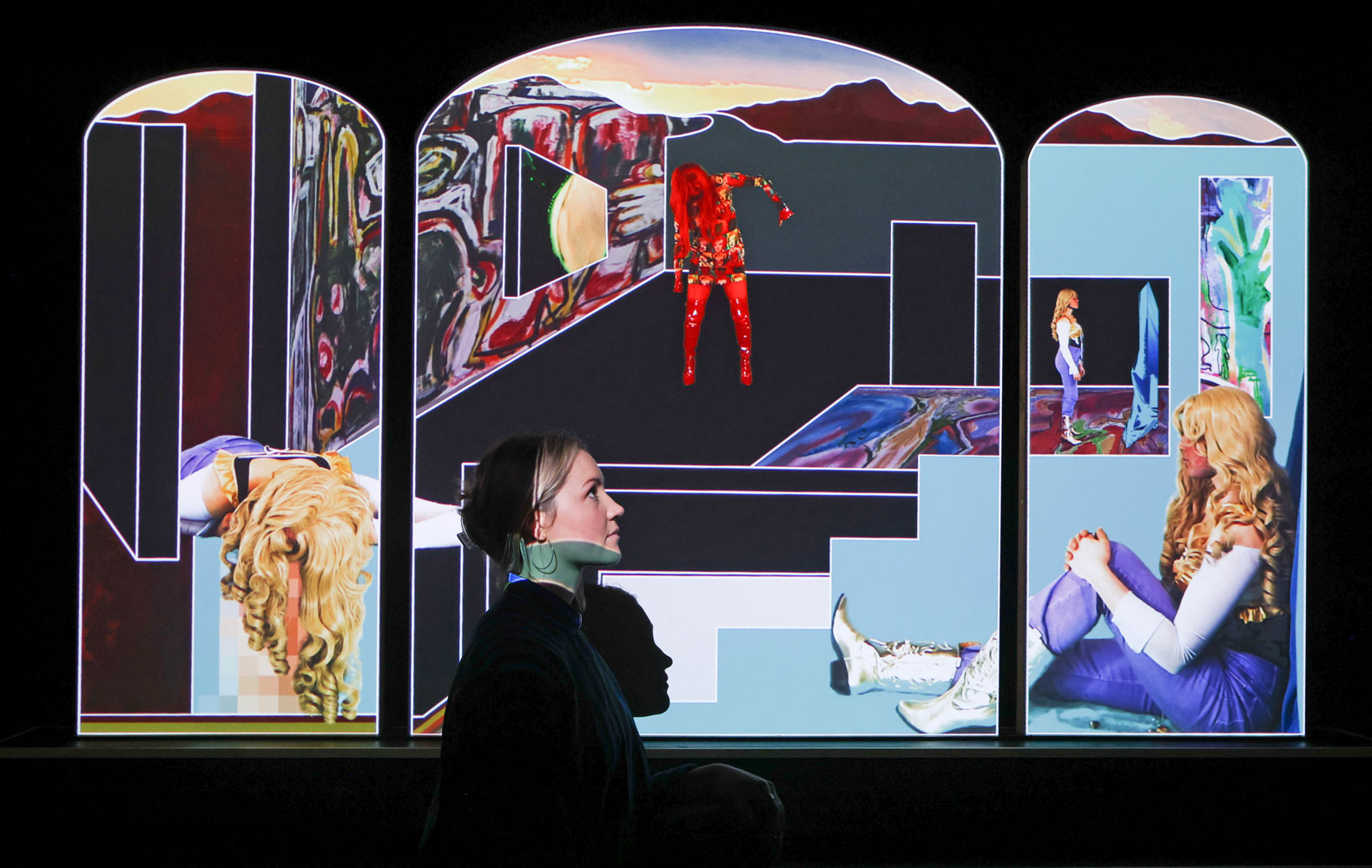Irish artist Richard Mosse’s latest work made the New York Times list of top exhibitions recently. On view at the city’s Jack Shainman Gallery, ‘Tristes Tropiques’ (sad tropics), a title borrowed from a memoir by anthropologist Claude Lévi-Strauss) shows the devastating impact of deforestation in the Brazilian Amazon.
Using GIS (geographic information system) equipment and a drone-mounted multispectral camera that detects nuances in soil and vegetation, Mosse deploys the very technologies used by those ravaging the forests. His vibrant large-scale photographic maps overturn usual conventions of colour and meaning in order to, in his words, ‘disarm the viewer’ and provoke reflection on the impact of humans on the landscape.
Meanwhile, Fondazione MAST in Bologna, Italy’s international centre for art and technology, is hosting a major survey of Mosse’s work. Among more recent series featured are Infra, in which he repurposes old military infrared film to document conflict in the Democratic Republic of the Congo, and Heat Map, which subverts the military-grade surveillance cameras used to control borders and refugee camps in order to create an alternative visual topography of human displacement and hardship. The ‘terrible beauty’ running through his work is critically and visually compelling – it combines documentary with a highly aesthetic manipulation in order to ‘make the unseen visible’ and create beautiful images that evoke complex, uneasy responses. ‘Richard Mosse: Displaced’ runs in Bologna until September.
In Ireland, Mosse’s video installations Incoming and Grid (Moria) are showing at the Butler Gallery in Kilkenny from June and are one of the highlights of this year’s Kilkenny Arts Festival.
From Kilkenny and now based in New York, Mosse has been awarded a 2021 remote residency with Arts at CERN. Previous honours include the Prix Pictet (2017) and the Deutsche Börse Photography Foundation Prize (2014).
Stephanie McBride

Photography’s power to influence our perception of the natural world and its fragility has been gaining impact with the rise in awareness of climate change.

Touring Ireland over the past six months, ‘The Reason of Towns’ celebrates the design qualities of Irish towns and aims to motivate people to choose them as a place to live.

The winner of the 2024 RDS Taylor Art Award, given to the most promising emerging visual artist of the year in Ireland and worth €10,000, is Sorcha Browning.